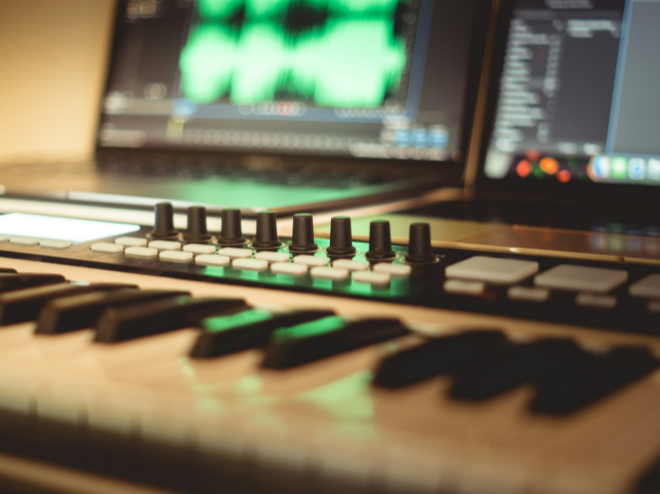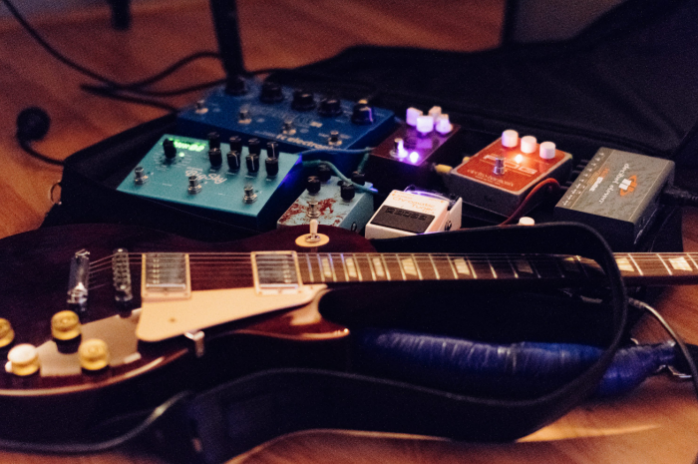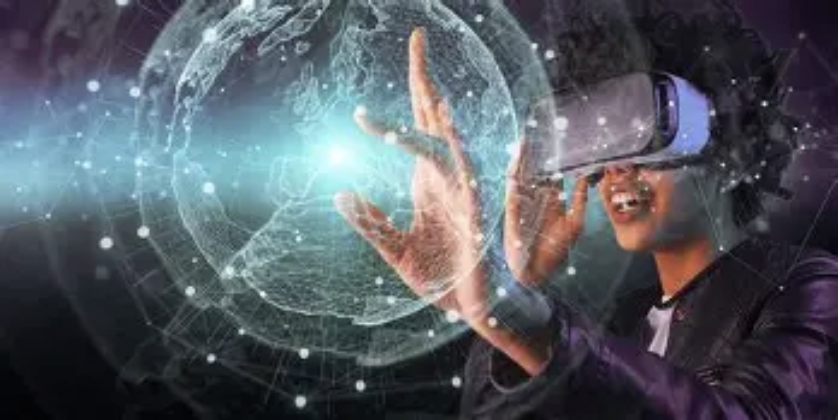In the vast galaxy of music, technology has quietly turned into a wonderful invisible brush, which outlines a new outline of creation in detail. While people are still amazed at the digital music platform that makes listening to songs within reach, technology has long been playing an unknown but vital magic behind the scenes of music creation.

At the source of sound, it provides the creators with unprecedented delicate choices. At one time, musicians were limited by the physical characteristics of traditional musical instruments and could only explore in the established timbre framework. But now, advanced sound synthesis technology can accurately simulate the mysterious echoes in caves in ancient times, or create fantastic sound effects that seem to come from outer space and are transformed from unknown energy waves. More breakthrough is that the physical modeling and synthesis technology can reproduce the lost timbre of ancient musical instruments, such as the tambourine of ancient Persia or the sacrificial flute of Mayan civilization, and even make these historical echoes reborn in modern recording studios. Those subtle sound textures, which are between reality and illusion, are like injecting a surreal magic into music, making each note seem to have its own unique soul and leading the audience into an unprecedented auditory dream.
In the process of arrangement, science and technology show its exquisite arrangement wisdom. Artificial intelligence algorithm is no longer just a simple chord recommendation tool, but a dancer inspired by the creator. It can quickly construct a complex and harmonious rhythm framework according to the main melody input by the creator, just like a partner who knows the dance steps, he can always give amazing cooperation at the right moment. The production team of Grammy's best album "360" in 2022 has publicly stated that they used AI algorithm to integrate the improvisational rhythm of jazz with the complex beat system of Karnatik music in South India, and generated an unprecedented 17-beat cycle structure. What's even more amazing is that through the in-depth study of massive music works, it can also skillfully integrate the elements of different music genres for creators, so that classical elegance and electronic pioneers can meet naturally in one piece, inspiring an unprecedented auditory spark.

In the post-processing of music production, science and technology, like a patient craftsman, carved each track at the micro level. It can accurately capture and repair the pitch deviation that is almost imperceptible to human ears, and endow music with almost perfect accuracy. At the same time, spatial audio technology is like magic, which creates a three-dimensional and deep sound field for music. Dolby's panoramic sound function launched by Apple Music allows listeners to feel the complete trajectory of raindrops falling from clouds to the water surface, or hear the dynamic trajectory of birds shuttling in three-dimensional space. This technology has even been applied to live recording. In the live recording of an independent music festival in 2023, the audience can clearly distinguish the position of the guitarist and the body movements of the drummer through headphones, as if they were in the center of the stage.

The empowerment of science and technology in music creation is not simply to provide tools, but to deeply integrate into the texture of creation. It quietly changed the ecology of music creation in a quiet way. From the experiment of generating melody in real time with brainwaves at Berlin Electronic Music Festival to the Georgia Folk Choir repairing the incomplete recording of a century-old record with AI, technology is making musicians break through the traditional shackles and explore infinitely towards a more fantastic, diverse and accurate music universe. It draws an unprecedented musical picture scroll, waiting for every soul in the world to listen, feel and immerse itself in it, and opens a unique musical fantasy journey. When the algorithm of digital audio workstation begins to analyze the composer's emotional fluctuation, and when quantum computer can simulate the chaotic mode of human improvisation, perhaps the future music will no longer be a simple auditory experience, but a multi-dimensional sensory narrative intertwined with science and technology and human nature.


